"I think that I shall never see
A poem lovely as a tree".
Trees, by Joyce Kilmer
A hundred-year-old tree is being cut down on private property on A st in the Centennial neighborhood in Redwood City.
“The property owners next door to mine (who rent out the house) are cutting down the giant redwood tree that straddles our backyards. It provides shade for the whole block and is very old. I'm devastated,” explained Jessica Shade to Peninsula 360.
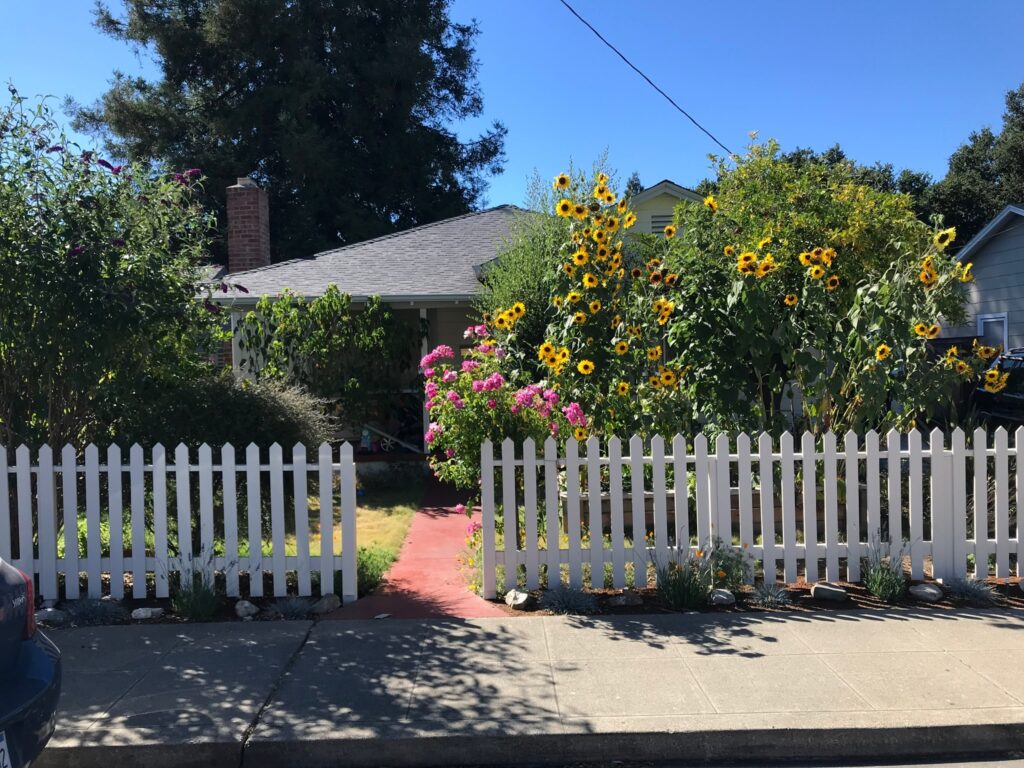
The alphabet streets in Redwood City have so few trees and, like the rest of the coast, have been impacted heavily by climate change. Trees represent significant public and private values in a community. A tree takes many years to grow and only minutes to cut down.
“The city never wants to cut down trees,” said Jaime Perez from the Public Works department in Redwood City, through a phone call with Peninsula 360 "it is really a last resort for us. In this case, the tree was damaging the structure of the house, the water pipes, and the sewers. If there were an earthquake, the tree could cause serious damage, and the property would be red-tapped, and people could become homeless,” continued Perez.
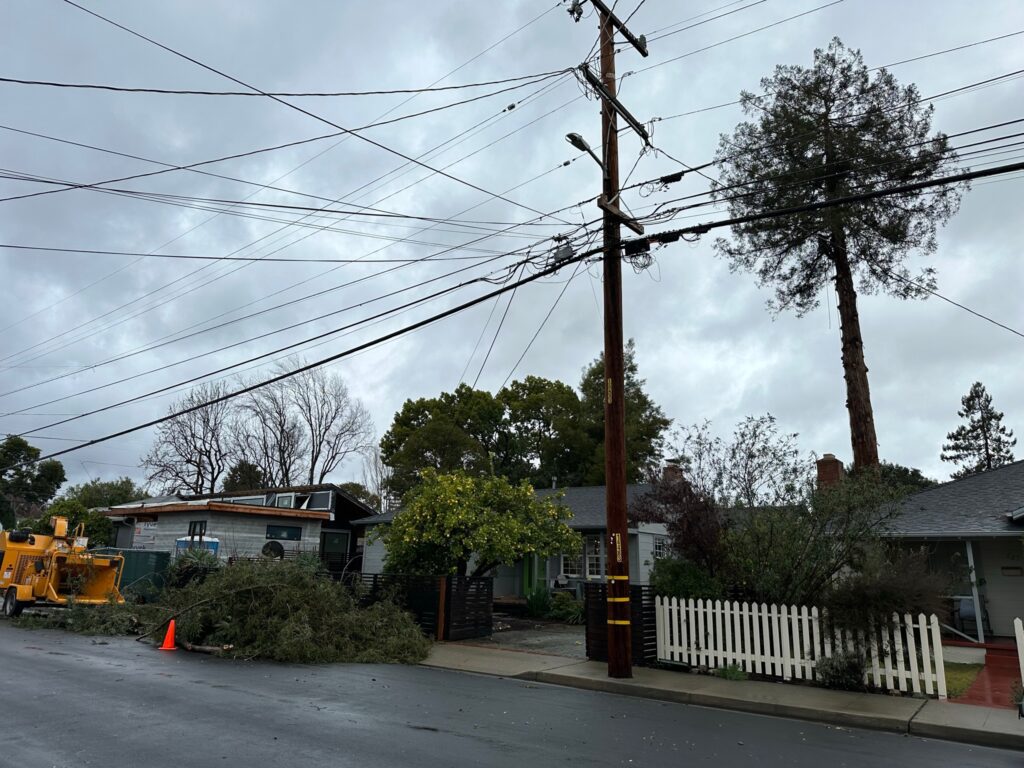
“The city didn't reach out to us about the permit to cut down this tree, even though the tree is partially on our property. We were taken by surprise,” added Shade.
Who does a tree belong to? Is it where the roots begin or where they end? Does it belong to whoever planted the tree? What if the tree was there before anyone got to it: before it became private property?
The dilemma also lies in the privatization of the air we breathe. This now stump released into the atmosphere enormous quantities of CO2 the instant it stopped being a tree. CO2, which all of us, must deal with collectively. When carbon dioxide concentration goes up, temperature increases too; that is why Co2 has been talked about for years in reference to climate change.
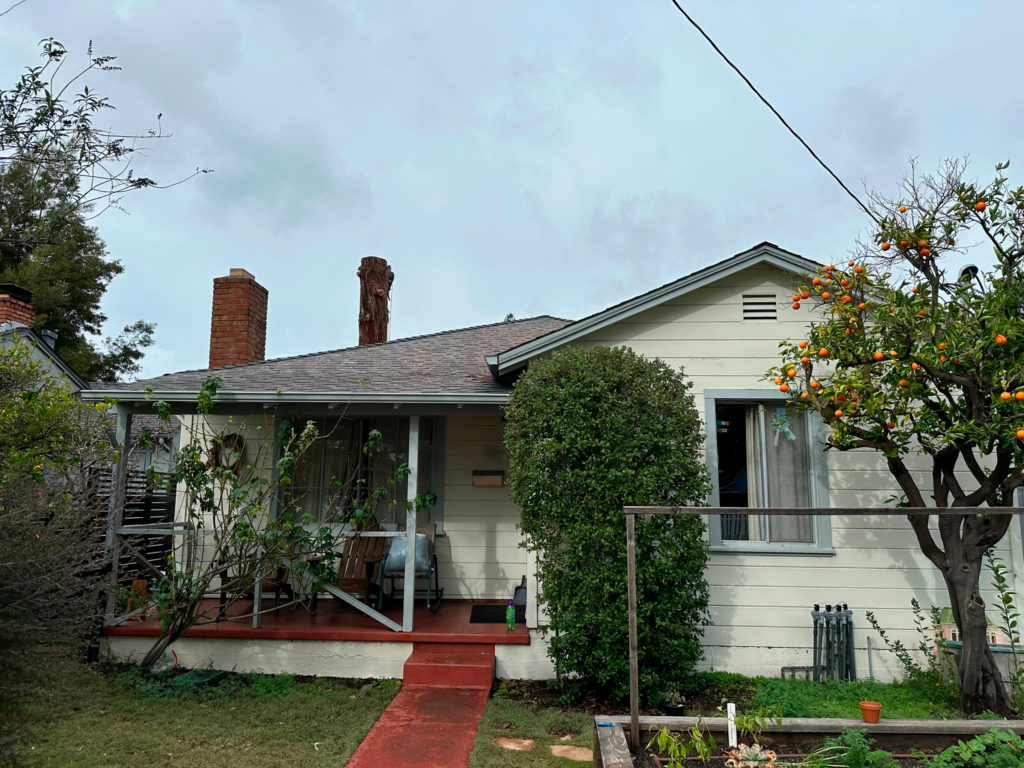
There is growing evidence that planting trees is one of the best ways to tackle climate change. They absorb harmful pollutants and gases like carbon dioxide, carbon monoxide, sulfur dioxide, and nitrogen dioxide through their leaves and bark by photosynthesis, which is released as clean oxygen. Redwoods, in particular, are among the largest trees in the world, descendants of forests where dinosaurs roamed; that is why they are called heritage trees.
Climate Change impacts are being seen across California. We not only have severe droughts but dangerous flooding as well. Trees also play a very relevant role in saving water and preventing water pollution, as well as capturing rainwater and reducing the risk of natural disasters like floods. Without trees, formerly forested areas would become drier and more prone to extreme droughts. When the rain did come, flooding would be disastrous. See Water scarcity in California due to climate change, experts say.
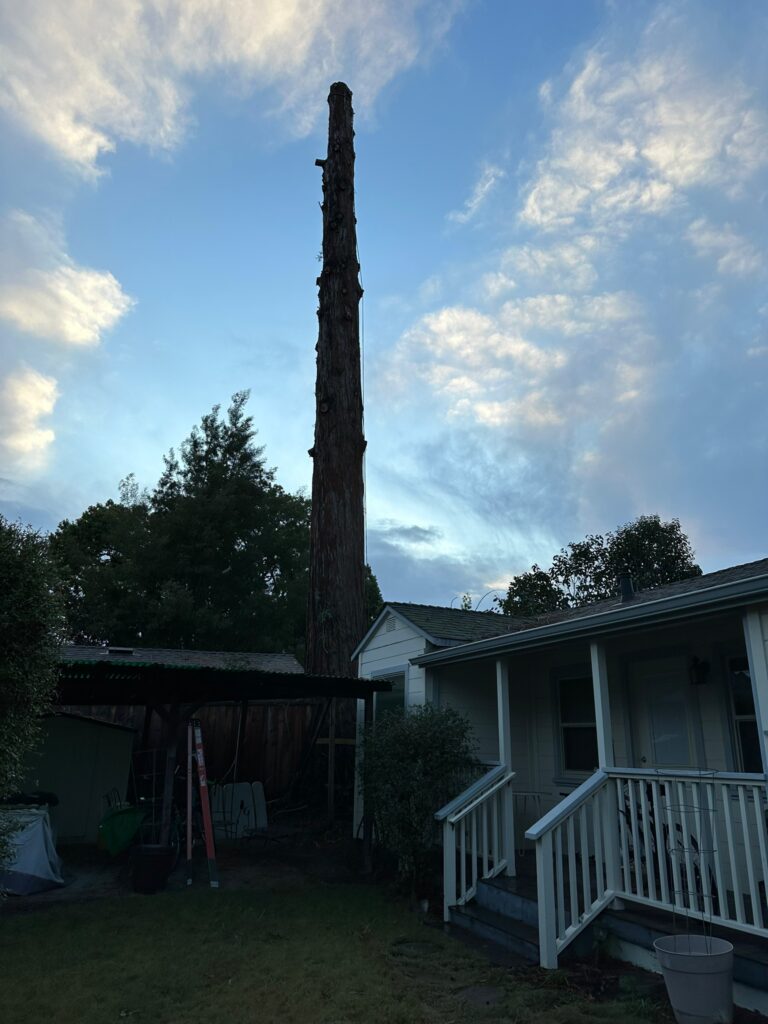
"Between $8 billion and $10 billion in existing California property is likely to be underwater by 2050, with an additional $6 billion to $10 billion at risk during high tide," states one of six reports released by Peninsula 360.
For this same reason, the City states on its website that tree removal is the last option when no other reasonable alternative can correct a problem. There are several considerations for tree removal approvals; the tree has to either be Dead, Dying, Structurally Unsound or obstructing a permitted improvement such that it will be killed or become structurally unsound when the improvement is implemented. “You may also get information through our phone number Monday through Friday, office hours at +1 (650) 780-7464,” said Deborah Weitzel from public works.
The tree on A street was the only Redwood tree on the block and by far the biggest one. A giant has died and saddened a community. There will be no shadow to cover families from the summer heat, when it comes this year. And it will take many years to replace the tree lost this weekend.
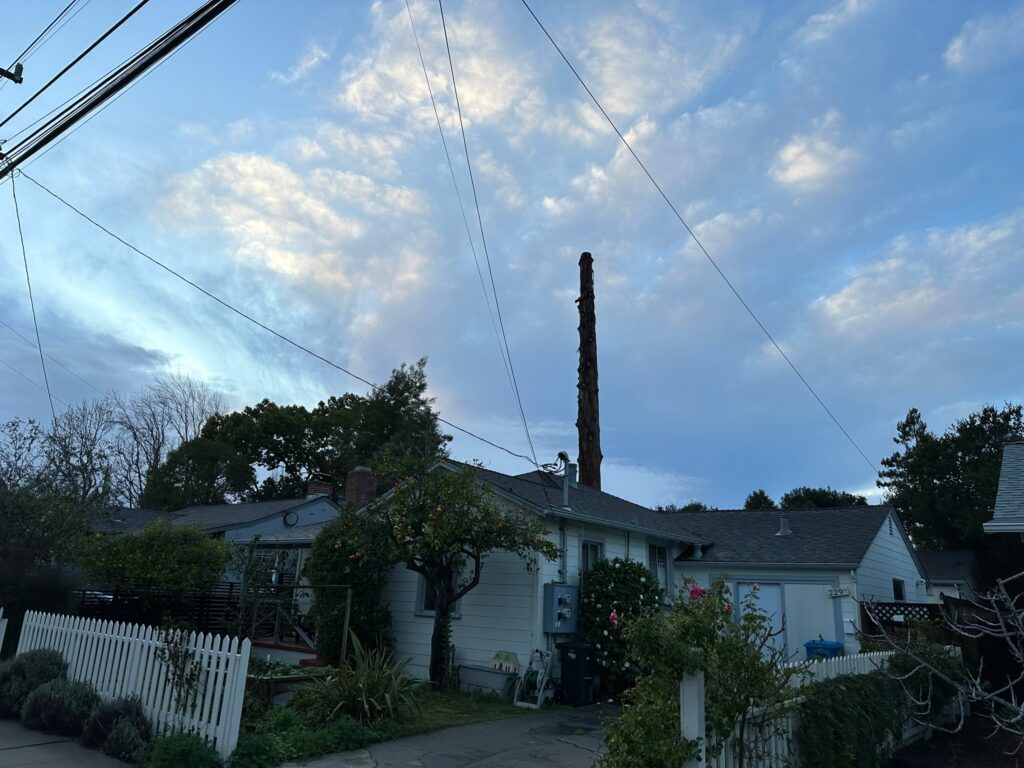
Understandably, people can feel frightened by the possibility of a branch falling due to extreme weather with high winds. It is also understandable that the city would want to protect people from severe damage in case of an earthquake. People should also fear climate change, whose effects are upon us.
It is not understandable why we are not taking radical steps to address the impact of climate change locally and doing more to protect our natural heritage, like Redwoods.
“A normal condition of a tree removal permit is replanting at least one new tree for each tree removed,” states the Public Works website. But is this enough?
How to repair the loss of this giant hundred-year-old tree? How many trees is it equivalent to? Who is going to plant them?
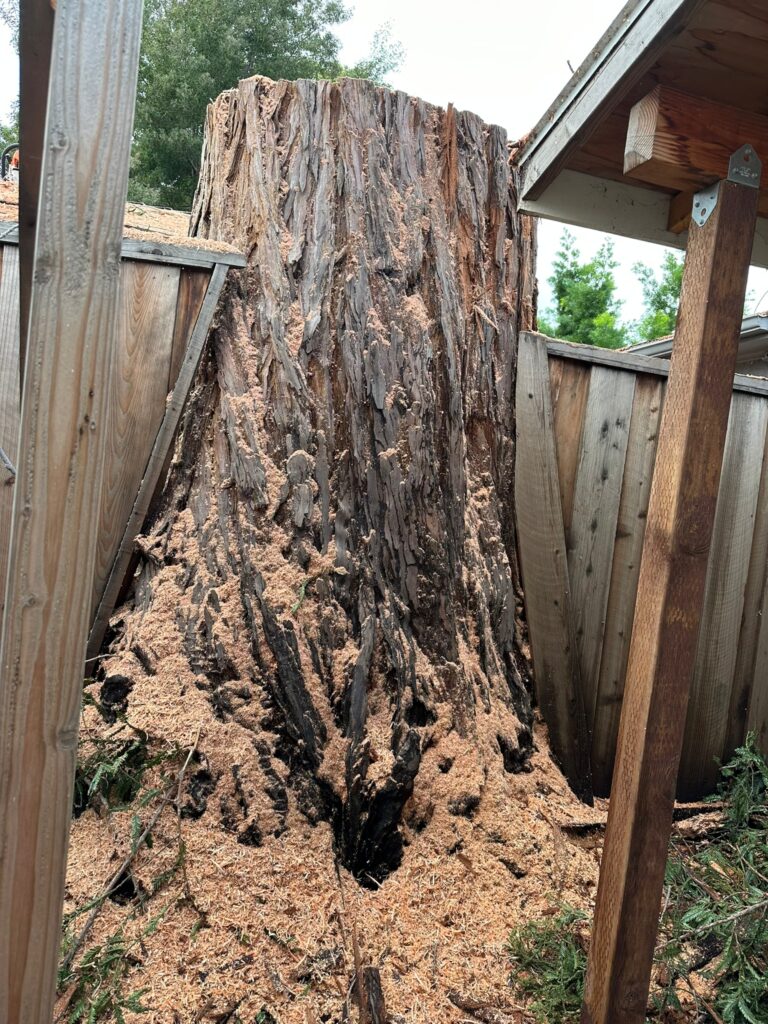
Many questions left unsolved should be posed collectively by the government and community in the face of the imminent risk of climate change.
The city should encourage the community to get involved in local climate change solutions, tree planting, and finding ways to lower carbon emissions. The city must also find ways to replace trees permitted to be cut down today.

Anna Lee Mraz.
Sociologist | Feminist | Writer
Twitter @AnnaLeeMraz Instagram @annaleemraz
More by the author: The hell of flying on Copa Airlines and the ordeal of crossing immigration in Panama




